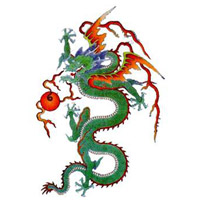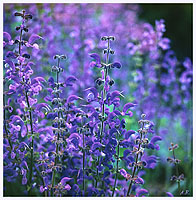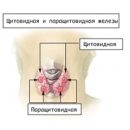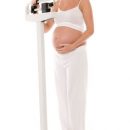What is cryotherapy? When used cryotherapy? What effect from cryoterpics? What are there contraindications to cryotherapy? Answers to these questions you will find in the article.
Content
For the first time cryotherapy - treatment of psoriasis «dry ice» was tested in Germany back in 1912, psoriasis therapy with liquid air - in the USSR (Omsk, 1926.).
Recently, cryotherapy has been successfully applied on a qualitatively new technological basis (crocamera, cryosausons), new methods of treatment with cold continue to be developed.
When used cryotherapy
Cryotherapy is widely used to treat a number of severe diseases, such as rheumatoid arthritis, radiculitis, collagenoses, in the treatment of burns, bronchial asthma, of various types of allergies, and t. D. Cryotherapy is used in the treatment of chronic fatigue syndrome.
In dermatology, cryotherapy is used mainly to destroy some skin neoplasms (benign tumors, warts, keloid scars, acne and others.), as well as sometimes with persistently flowing inflammatory processes of skin, various dermatoses, such as psoriasis, eczema, neurodermatitis, keratosis, red flat deprich, alopecia (nestless baldness).
Cryotherapy is used to combat hard diseases, such as rheumatoid arthritis, radiculitis, collagenosis, burns, with fixed lesions of Erytheatosis (red lupus).
What is cryosauna
Cryosauna (Cryaker) - therapeutic procedure, short-term contact of the skin with low-temperature gas (order -150°WITH).
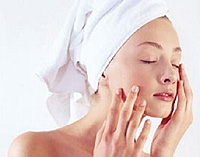
The patient is placed in a special cry for which low-temperature gas (usually nitrogen) is supplied in such a way that the layer of this gas comes to the patient's neck. The patient's skin temperature quickly decreases, which is a powerful incentive for the thermal regulation system and the immune system, other natural protective mechanisms of the body.
The duration of the session in the crying chamber is 2-3 minutes.
Cryosauna mobilizes the functions of the body, hypothermia, which is provided by the effect of the crying chamber is able to weaken the skin itching for several days during dermatological diseases, adjust the metabolism, including internal reserves of the body. Cryosauna has a beneficial effect and on the body as a whole: the resistance increases, the overall rehabilitation occurs.
Course of cryotherapy (depending on the disease, its stage and severity of the flow) - 20-25 days, 3-4 procedures per day.
In some cases, when conducting cryotherapy, the impact of low temperature on a specific area of leather is used. Low-temperature gas stream (or swamped swab in liquefied gas, carbon dioxide) affecting the lesion focus, reduces sensitivity, «Disconnecting» Pain impulses.
Sick plot as it were «Rest» Allergic response in tissues is also suppressed by inflammation. The effect occurs within a few minutes after the cryotherapy session and lasts more than 6 hours.
Depending on the clinical picture and location of the focus of the defeat, the individual characteristics of the patient is changing the degree and time of impact on the affected area, which ranges from a few seconds to 2 minutes. In places where skin is thin and tender, poorly supplied with blood and adjacent to cartilages and bones (fingertips, ear sinks, tip and back of the nose) or there is a loose tissue (lower eyelid) long-term exposure and greater intensity can lead to skin necrosis.
Children up to 13 years old and women during menstruation have increased sensitivity to cryoprocesses, in which carbon dioxide is used, so this type of cryotherapy should be carried out with caution.
An unpleasant feeling that may occur during a session of local cryotherapy take place on their own within 1-2 hours after the procedure, the scar is usually not formed, the re-procedures of local cryotherapy are carried out only after full healing of reference exposure places.
What the effect of cryotherapy
After the cryogenic procedure, powerful rehabilitation processes flow in the body: blood circulation is enhanced, regeneration is stimulated and the nutrition of tissues is improved.
With a long-lasting course, the treatment with cold contributes to the normalization of metabolism, the cellular and biochemical composition of blood gradually changes, cryotherapy contributes to saturation of it with oxygen, increase the level of immune proteins.
What are there contraindications to cryotherapy
Cryotherapy is contraindicated with an increased individual sensitivity to the procedure (intolerance of the cold), if there is a fevering state (heat, elevated body temperature), with exacerbation of respiratory diseases, including viral (ARVI, ORZ, etc.).
It is also noted that all the side effects of cryotherapy are not yet sufficiently investigated and contraindications for it are not fully investigated.
In addition, cryotherapy is a pretty expensive method, a long-term treatment course. Cold treatment requires frequent supporting sessions (as, for example, the PuU-therapy).



